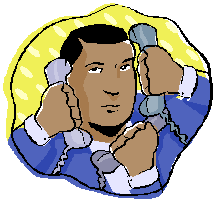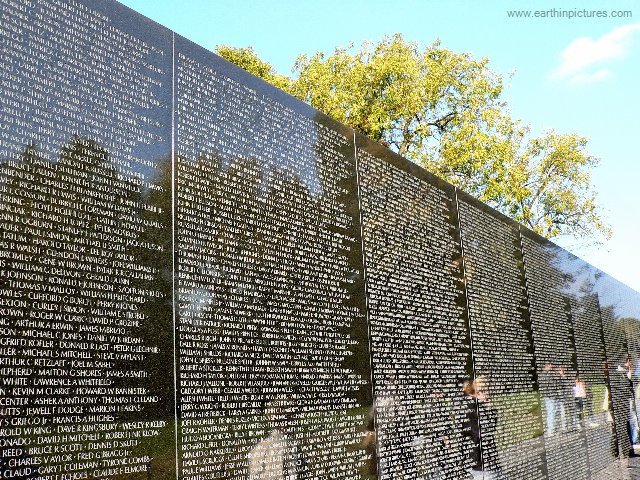Arranging to Persuade: Reduction or Persuading through Simplifying
Last month I introduced B J Fogg’s seven tools of persuasion as outlined in his book, Persuasive Technology: Using Computers to Change What We Think and Do. I showed how information arrangement exploits these tools with specific reference to the Vietnam Veterans Memorial (VVM). The VVM arranges its names in chronological order by date of casualty, grouping together soldiers who served at the same time. In so doing, the memorial demonstrates six of the Fogg’s seven persuasive tools. This month, let’s take a deeper look at the first tool, Reduction or Persuading through Simplifying.
Reduction strategy is all about cost/benefit analysis. How much effort (cost) achieves the benefit? Fogg describes Amazon’s 1-click ordering method as pure reduction. Before
this innovation, every click in the online sales process was a chance for customers to change their minds. Will they go on to the next buying step or will they give up and click over to anotherWebsite? At Amazon, one click seals the deal. If a mind changes later, there’s a new cost/benefit analysis for the effort involved in cancelling the order.
Many years ago, when Ma Bell stopped being our only telephone company, the new phone services battled mightily for customers. It became very easy to change your long distance company. One brief request and it was done. Sometimes you didn’t even have to bother with the request. Sign your name to some freebie promo and you might find out later that the small print was an agreement to change phone services. One step and it didn’t even involve thinking about phones.
Maya Lin’s VVM is a more honorable example of reduction, but her controversial proposal almost didn’t get approved. Among many complaints about Lin’s design was the chronology, which requires the use of an index to find an individual name. Critics wanted the names on the VVM in alphabetical order, making the memorial itself a giant index.
MIT’s John Maeda, in his book, The Laws of Simplicity, assigns organization as the second law. Organizing arranges similar items together and simplifies our efforts to use them. Alphabetical order on the VVM would have made it easier to find a single name, but much harder to find a group of names.
First, a vet would have to remember names from more than 30 years ago. Then he would have to look up each name individually, walking along the panels from A – Z. To prepare for the effort, he might alphabetize the names of his dead buddies, the ones he remembers, so he doesn’t have to move back and forth among the 144 panels. The names near each lost friend would have no meaning other than an alphabetic
similarity, or even the same name in some cases. Names he can’t remember would remain forgotten. The primary memorial activity here is similar to using a print dictionary, an exercise in the alphabet rather than an emotional experience of memory.
Chronology reduces the effort and increases the depth of feeling. The vet only has to remember one name. He finds that name in the printed index and goes to a panel representing the time he spent in Vietnam. There are all his friends who died or went missing. If he can’t remember someone’s name, the memorial remembers for him.
They are together again, the vet seeing his reflection in the polished marble among the names of those he lost. The next time he visits, he won’t need the index. He’ll know where to find his friends.
Illustration used with permission from Microsoft.






 Follow
Follow